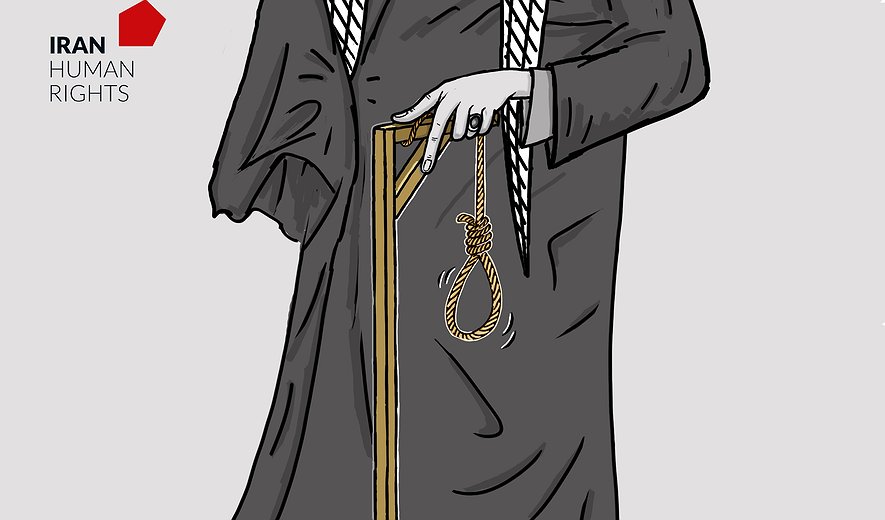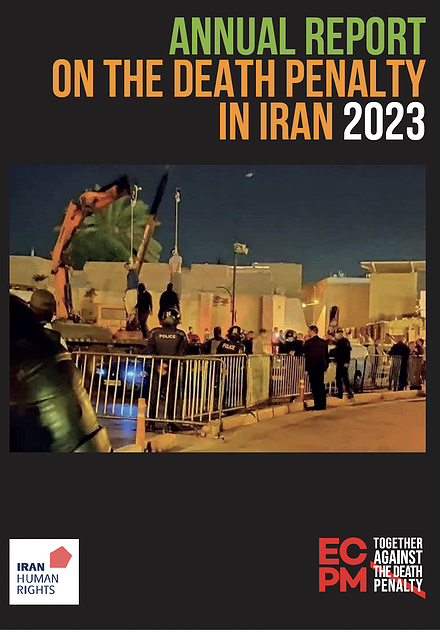4 More Men Executed for Drug Charges in Birjand

Iran Human Rights (IHRNGO); October 27, 2023: Four more men are reported to have been executed for drug-related charges in Birjand Central Prison on Thursday, increasing the number of executions that day at the prison to five people.
According to Hal Vash, four men including a Baluch minority were executed in Birjand Central Prison on 26 October. Their identities have been reported as 55-year-old Mohammad Nabi Shahuzehi (Baluch), Mohammad Mirshah, Reza Shahraki and Omid Javini. All four men were sentenced to death for drug-related charges.
Mohammad Nabi Shahuzehi was Baluch and from Dargian village in Zahedan. He was the maternal uncle of Khodanour Lajei, a protester killed in Zahedan’s Bloody Friday on 30 September 2022. He was arrested for drug-related charges three years ago and sentenced to death.
Another Baluch man, Abdolbasir Mohammadani, was executed at the prison on the same day. He had been arrested for drug-related charges four years ago.
At the time of writing, their executions have not been reported by domestic media or officials in Iran.
Ethnic minorities, the Baluch in particular, are grossly overrepresented in execution numbers in Iran. In 2022, at least 174 Baluch minorities including 3 women, were executed in 22 prisons across Iran, making up 30% of overall executions. This is while they represent just 2-6% of Iran’s population. Furthermore, at least 274 Baluch people have been executed for drug-related charges since 2021, 40% of all drug executions in that time period.
Drug-related executions have continuously risen every year for the past three years. At least 305 people were executed for drug-related charges between 1 January-10 October 2023, a 69% increase compared to the same period in 2022, and the number of drug-related executions in 2023 were close to 20 times higher than 2020.
The number of drug executions dramatically dropped in 2018 following a 2017 Amendment to the Anti-Narcotics Laws. Consequently, drug executions ranged between 24-30 per annum between 2018-2020. The Amendment was reversed in practice in 2021 when executions increased ten-fold to 126 in 2021 and doubled again in 2022 with 256 drug-related executions. On 13 September 2023, IHRNGO reported a 94% rise in the number of drug-related executions in the year following the start of the “Woman, Life, Freedom” movement in September 2022.

